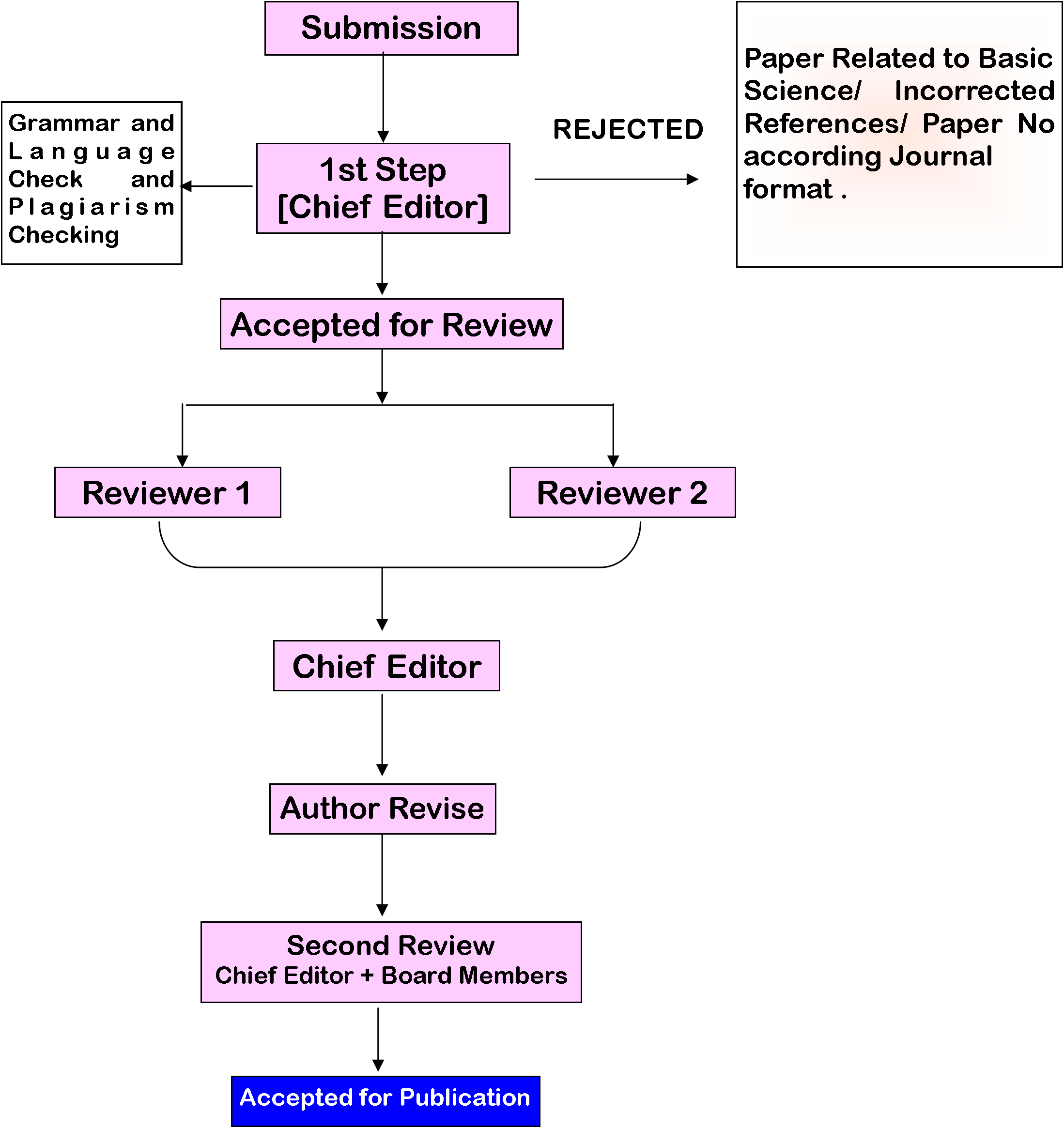
Research Journal of Chemical and Environmental Sciences (Published By: Academy for Environment and Life Sciences, Agra, U.P. INDIA) is an open access as well as print journal and widely covers all branches of Chemistry and Environmental Sciences including : Organic, Inorganic, Physical, Analytical, Biological, Pharmaceutical, Industrial, Environmental, Agricultural & Soil, Petroleum, Polymers, Nanotechnology, Green Chemistry, Forensic, Phytochemistry, Synthetic Drugs, Computational, as well as Chemical Physics, legal aspect related to environment, Waste management, pollution, ecology, environment microbiology, environmental biotechnology, EIA and Chemical Engineering.
Electronic submission of manuscripts is strongly encouraged, provided that the text, tables, and figures are included in a single Microsoft Word file (preferably in cambria font). Submitted to: editorrjces2013@gmail.com, deepav762@gmail.com.
Contact to:
Dr. Deepmala Verma [PhD]
Chief Editor
Research Journal of Chemical and Environmental Sciences
Email: deepav762@gmail.com
Mob: 91-9457053501
Article Types
Three types of manuscripts may be submitted:
·
Regular articles
·
Short Communications
·
Reviews
Review Process
All manuscripts are reviewed by an editor and members of
the Editorial Board or qualified outside reviewers.

Regular articles
All portions of the manuscript must be typed double-spaced
and all pages numbered starting from the title page.
Title
Abstract with key words
Introduction
Materials and methods
Results
Discussion
Acknowledgments
References: References
should be referred by a number in the text, listed according to this
numbering at the end of the paper.
The references should comprise the following information and in the
order as given in the examples below: Articles in preparation or
articles submitted for publication, unpublished observations, personal
communications, etc. should not be included in the reference list but
should only be mentioned in the article text (e.g., A. Kingori,
University of Nairobi, Kenya, personal communication). Journal names are
abbreviated according to Chemical Abstracts. Authors are fully
responsible for the accuracy of the references.
Examples:
Charnley AK (1992). Mechanisms of fungal pathogenesis in insects with
particular reference to locusts. In: Lomer CJ, Prior C (eds) Biological
Controls of Locusts and Grasshoppers: Proceedings of an international
workshop held at Cotonou, Benin. Oxford: CAB International, pp 181-190.
· Msadek T, Kunst F , Henner D, Klier A, Rapoport G, Dedonder R (1990). Signal transduction pathway controlling synthesis of a class of degradative enzymes in Bacillus subtilis : expression of the regulatory genes and analysis of mutations in degS and degU. J. Bacteriol. 172 : 824-834.
· Mundree SG, Farrant JM (2000). Some physiological and molecular insights into the mechanisms of desiccation tolerance in the resurrection plant Xerophyta viscasa Baker. In Cherry et al. (eds) Plant tolerance to abiotic stresses in Agriculture: Role of Genetic Engineering, Kluwer Academic Publishers, Netherlands, pp 201-222.
· Peschke U, Beuk V, Bujard H, Gentz R, Le Grice S (1985). Efficient utilization of Escherichia coli transcriptional signals in Bacillus subtilis. J. Mol. Biol. 186 : 175-182. Smith B (2002). Interactions between Ipomea Spp (Del.) and fluorescent rhizosphere bacteria Of Zea mays, L. and Sorghum bicolor L. Moench
· for Strigasuicidal germination In Vigna unguiculata . PhD dissertation, University of Fort Hare, South Africa.
Short Communications Short Communications are limited to a maximum of two figures and one table. They should present a complete study that is more limited in scope than is found in full-length papers. The items of manuscript preparation listed above apply to Short Communications with the following differences: (1) Abstracts are limited to 100 words; (2) instead of a separate Materials and Methods section, experimental procedures may be incorporated into Figure Legends and Table footnotes; (3) Results and Discussion should be combined into a single section.
Proofs and Reprints: Electronic proofs will be sent (e-mail attachment) to the corresponding author as a PDF file. Page proofs are considered to be the final version of the manuscript. With the exception of typographical or minor clerical errors, no changes will be made in the manuscript at the proof stage. Because JBR will be published freely online to attract a wide audience), authors will have free electronic access to the full text (in both HTML and PDF) of the article. Authors can freely download the PDF file from which they can print unlimited copies of their articles.
Copyright: Submission of a manuscript implies: that the work described has not been published before (except in the form of an abstract or as part of a published lecture, or thesis) that it is not under consideration for publication elsewhere; that if and when the manuscript is accepted for publication, the authors agree to automatic transfer of the copyright to the publisher.